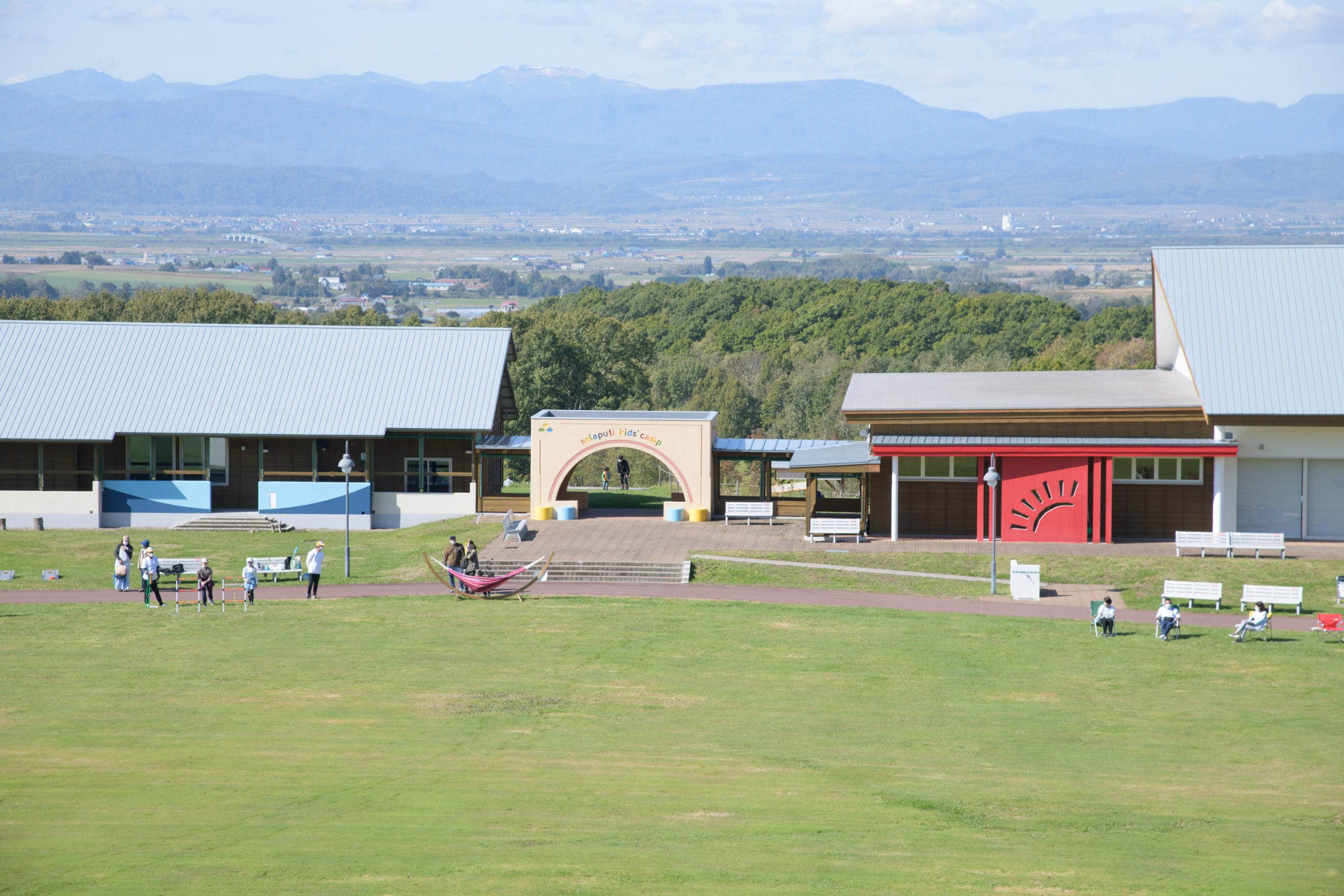
- 目次
-
There is a facility called “Solaputi Kids’ Camp” in Takikawa City, Hokkaido, located about an hour by express train from JR Sapporo Station.
Solaputi Kids’ Camp is the only permanent camp for “children who are fighting illnesses” in Japan. It is operated by means of donations from many collaborators and a number of volunteer staff, including medical professionals.
CBC Co., Ltd. supports the facility through the “Ohara Pediatric Cancer Fund,” which we operate jointly with Ohara Pharmaceutical Co., Ltd. and Sun Life Co., Ltd. to assist the lives of children fighting intractable diseases and their parents.
“Solaputi” means “river where the waterfall descends” in the Ainu language. The CBC team visited the Solaputi Kids’ Camp located in an area rich in nature, as the name implies.
We Don't Want to Say “You Can't” When Children Say “I Want to Do This”
It is said that there are more than 200,000 children who are fighting intractable diseases in Japan.
Their symptoms may be different, such as pediatric cancer or heart disease, but one of the dreams they have is to “play outside.” Children are constantly being asked to care for their bodies and their illnesses. It is not hard to imagine their pain of not being able to play in the same way as their friends who are playing outdoors in the sunshine and running around until they are out of breath.
The “Solaputi Kids’ Camp” (referred to as “Solaputi” hereafter) is a camp for children fighting such diseases.
Official website: Solaputi Kids Camp (solaputi.jp)
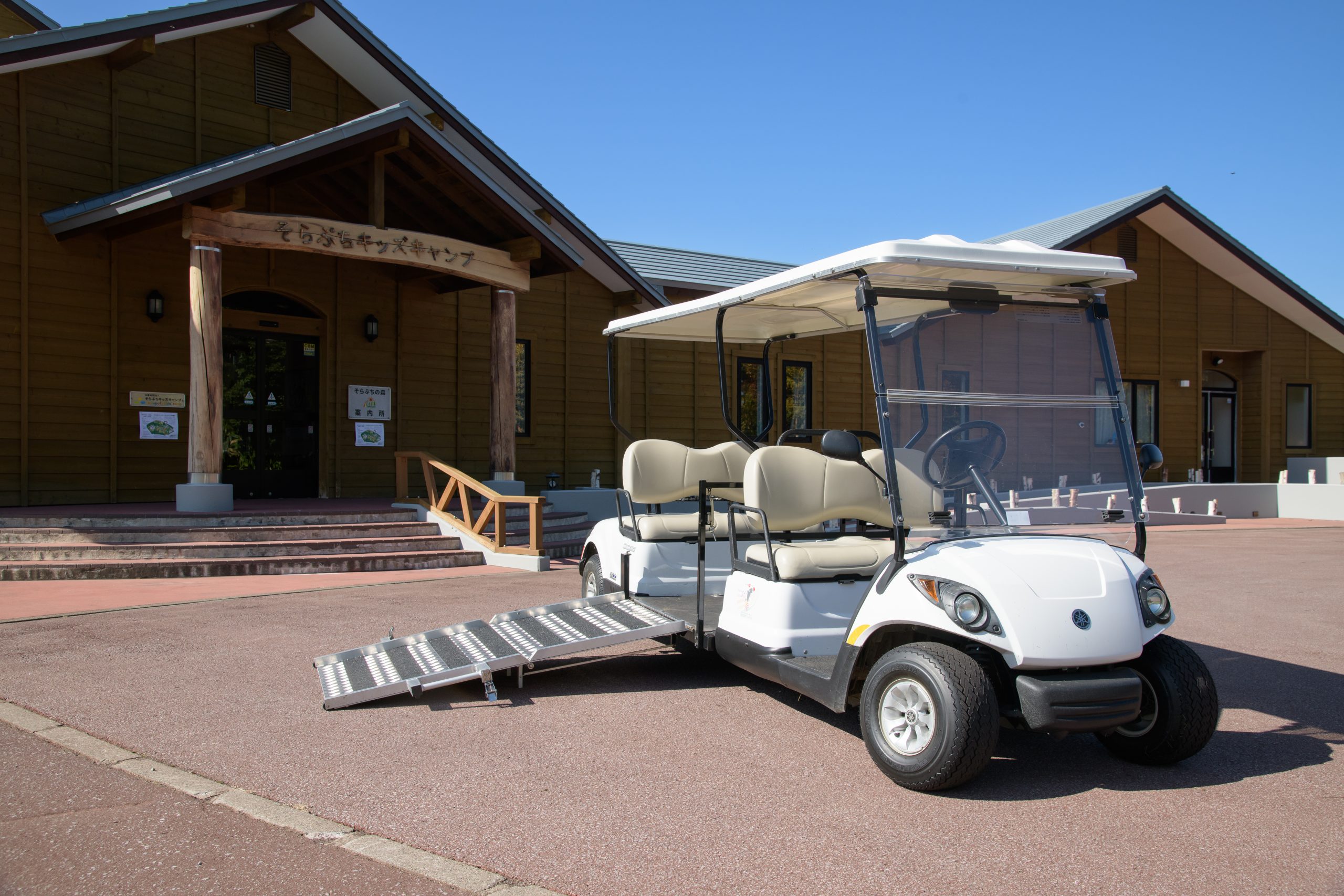 This 16-hectare campground created in the wilderness of Takikawa, Hokkaido not only has a cafeteria and lodging facilities but also a medical clinic space named “Mori no Hokenshitsu (health clinic in the forest)” within the facility. Children staying at the camp can enjoy various activities while receiving medical care from doctors and nurses as needed.
This 16-hectare campground created in the wilderness of Takikawa, Hokkaido not only has a cafeteria and lodging facilities but also a medical clinic space named “Mori no Hokenshitsu (health clinic in the forest)” within the facility. Children staying at the camp can enjoy various activities while receiving medical care from doctors and nurses as needed. 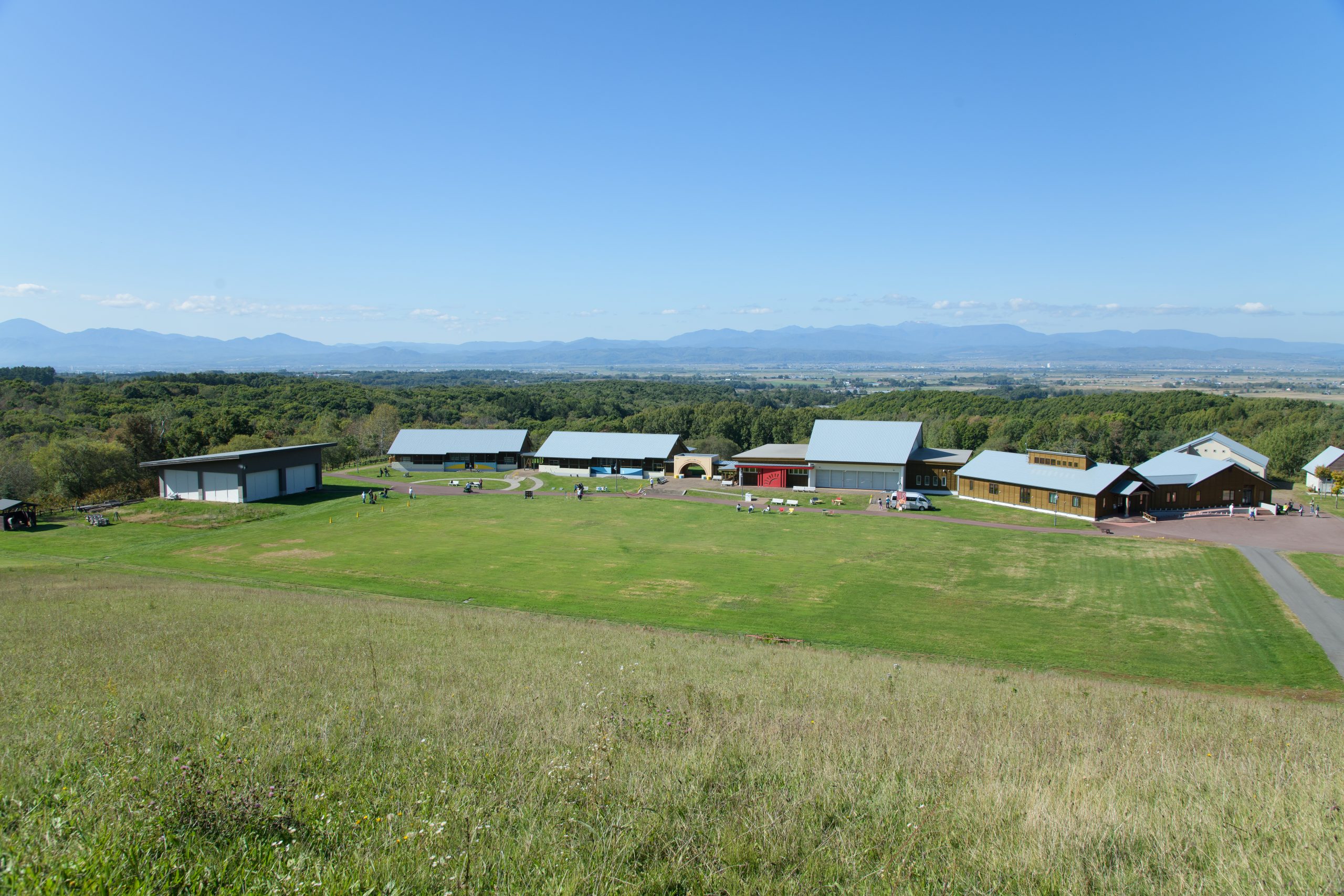 For example, the “Kids Camp” held during the summer is a “children-only” camp program in which approximately 20 children participated. The children leave their parents, meet friends who are also fighting disease and spend four days and three nights together at the camp.
For example, the “Kids Camp” held during the summer is a “children-only” camp program in which approximately 20 children participated. The children leave their parents, meet friends who are also fighting disease and spend four days and three nights together at the camp.For children who normally spend time with their parents, a camp where they stay away from their families for the first time is a place full of “firsts.” They come into contact with nature, play in a forest with large trees and sometimes even experience horseback riding, which makes it seem like a school camp at times.
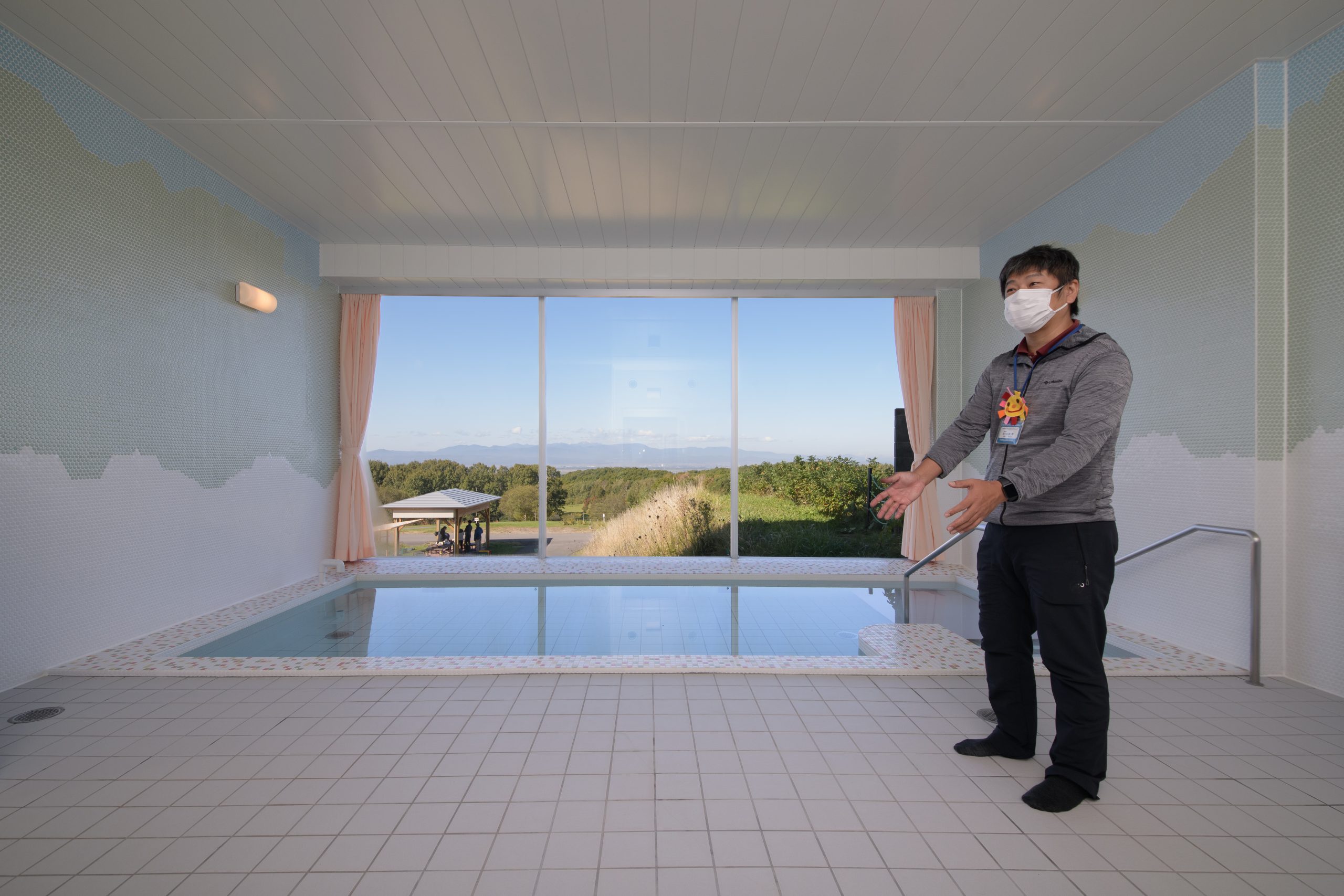 Some 40 support staff members, including volunteer doctors and nurses, assist the children during the camp so that they can play without worrying about their illnesses or medical treatments. The parents of each participating child and camp staff repeatedly hold discussions starting three months before the camp to put a system in place to accommodate each child according to his or her symptoms and physical condition.
Some 40 support staff members, including volunteer doctors and nurses, assist the children during the camp so that they can play without worrying about their illnesses or medical treatments. The parents of each participating child and camp staff repeatedly hold discussions starting three months before the camp to put a system in place to accommodate each child according to his or her symptoms and physical condition. 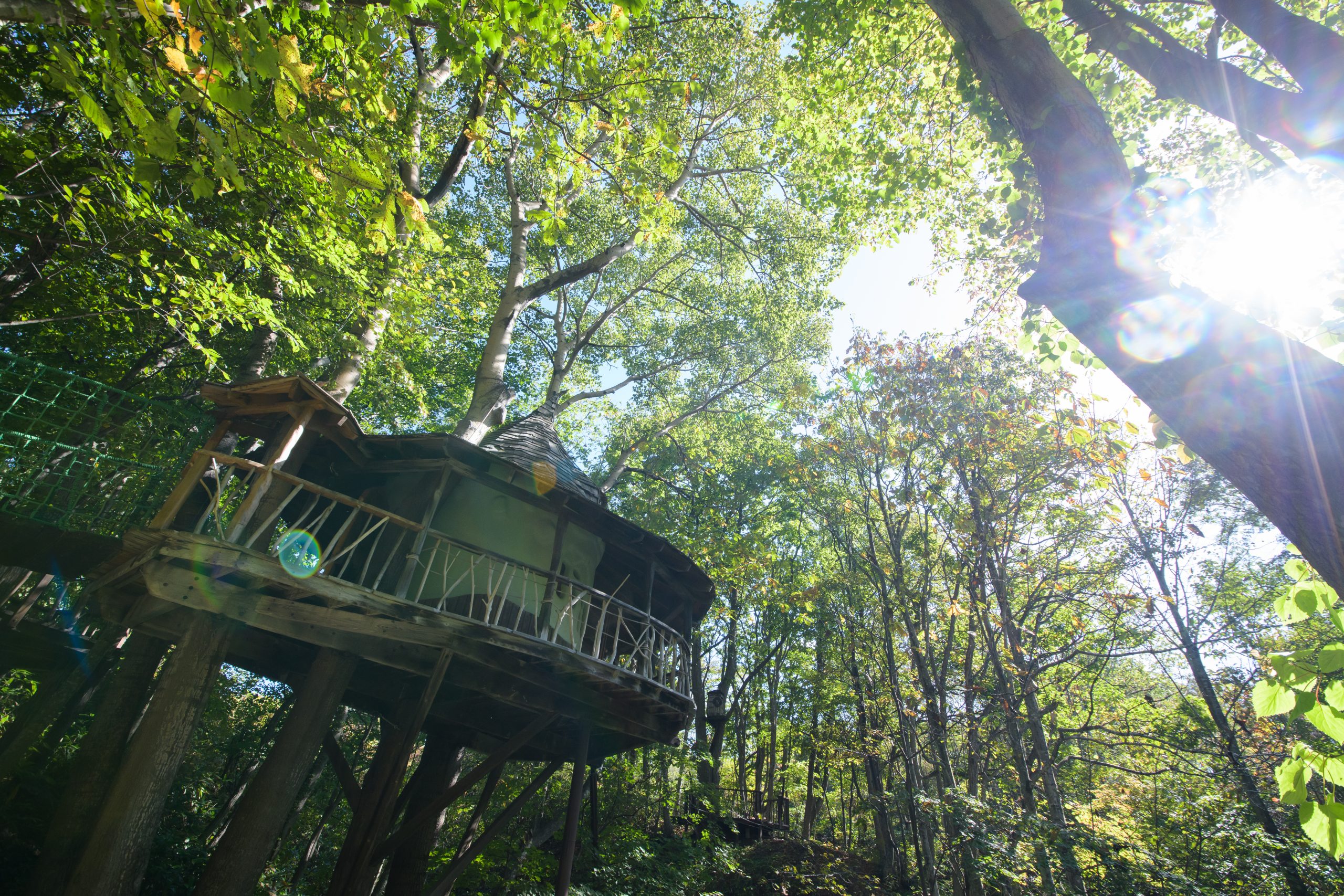 “During the camp, I try as much as possible not to tell the campers that they can't do something they want to do. Even if it is something difficult to do considering their physical condition, I try my best to think ‘how they will be able to do it.’ And I believe that the fact that they ‘were able to do it' will be good for their lives,” says Kenichiro Sasaki, Chief Executive Officer of Solaputi Kids’ Camp, who showed us around the facilities. According to Mr. Sasaki, there was a camper in the past who took on a great adventure of entering a treehouse in the campground with a wheelchair and moving to the opposite side from the treehouse across the valley with a zipline*. The experience of “trying something and being able to do it” gives them confidence.
“During the camp, I try as much as possible not to tell the campers that they can't do something they want to do. Even if it is something difficult to do considering their physical condition, I try my best to think ‘how they will be able to do it.’ And I believe that the fact that they ‘were able to do it' will be good for their lives,” says Kenichiro Sasaki, Chief Executive Officer of Solaputi Kids’ Camp, who showed us around the facilities. According to Mr. Sasaki, there was a camper in the past who took on a great adventure of entering a treehouse in the campground with a wheelchair and moving to the opposite side from the treehouse across the valley with a zipline*. The experience of “trying something and being able to do it” gives them confidence. 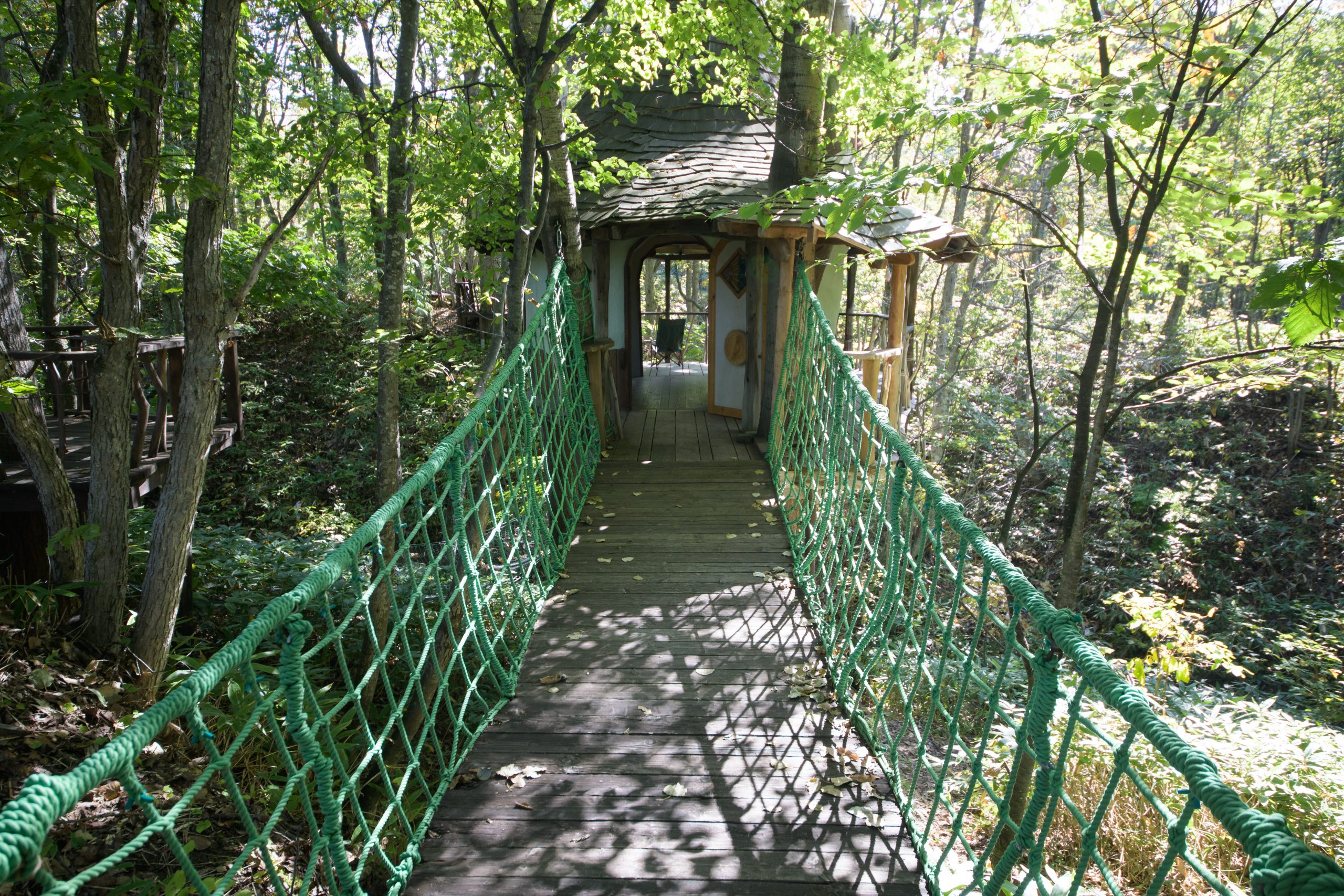 The four days and three nights that the children spend at the camp will be an indispensable time not only for them but also for their families.
The four days and three nights that the children spend at the camp will be an indispensable time not only for them but also for their families.For parents who always have to be attentive to their children's health conditions and support them 24 hours a day, this is a great opportunity to refresh themselves for a brief moment. For sisters and brothers who are unable to spend time with their parents who need to care for a sick child all the time, it is an opportunity to spend time with their parents. It is not only the children who are fighting illnesses that can benefit from a few days at the camp.
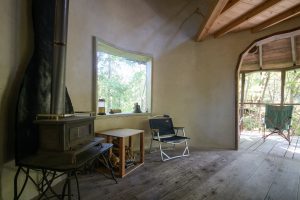
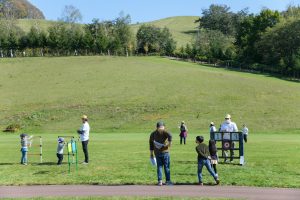
Circle of “Solaputi” Expanded over 18 Years of Activities
It was around the year 2000 that the project to launch the Solaputi Kids’ Camp was started.
The predecessor of the current “Solaputi Kids’ Camp,” the “Society to Create Solaputi Kids’ Camp,” was established in 2004. The mother organizations of the project were the operating team of the “Smart Moonstone Camp,” consisting of three doctors including Dr. Ryota Hosoya, who is now the Chairperson of “Solaputi,” and the operating team of the project to create a barrier-free park, led by the late Mamoru Matsumoto, who was then Deputy Director-General of the Ministry of Land, Infrastructure and Transport.
Dr. Hosoya and his team had been running camp events for sick children, and Mr. Matsumoto and his team were trying to build a permanent campground for sick children. The two teams, who were each approaching the same goal from different ways, became one and formed the “Society to Create Solaputi Kids’ Camp.” Activities began in earnest with the late Dr. Seishichi Yokoyama, who had also participated in the Smart Moonstone Camp and was communicating the importance of “improving children's QOL (quality of life) based on camps” at the Japanese Society of Pediatric Oncology, as its chairperson.
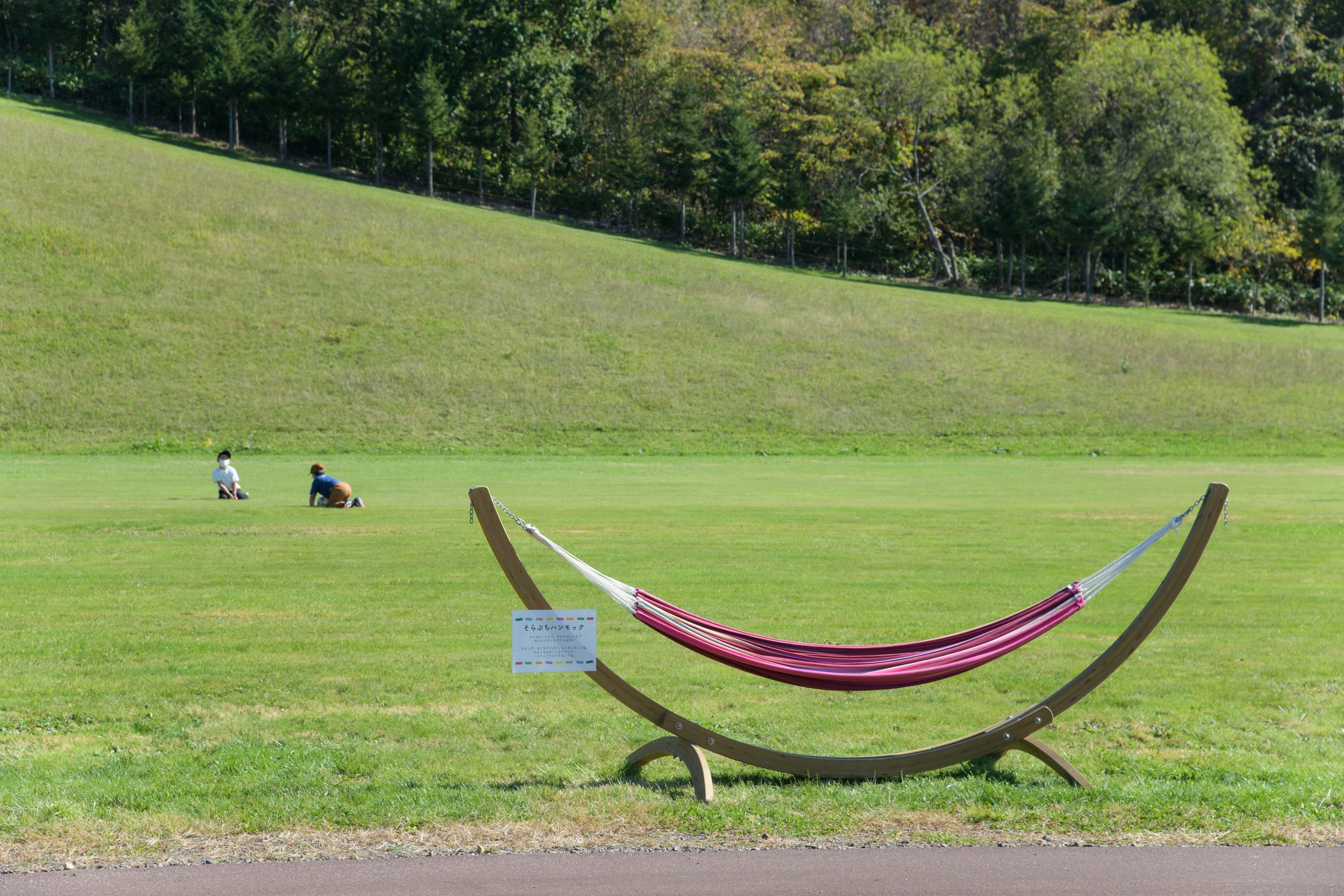 From 2004 onward, they continued to increase the number of collaborators for the facility while holding regular camps, and a major turning point came in 2010, when “Solaputi” became the “Solaputi Kids’ Camp” in order to receive more support, enhance the facility and expand its activities. They have continued to develop camp programs for sick children and their supporting families while expanding the facilities and management organization since then, and are now in their 18th year of operation.
From 2004 onward, they continued to increase the number of collaborators for the facility while holding regular camps, and a major turning point came in 2010, when “Solaputi” became the “Solaputi Kids’ Camp” in order to receive more support, enhance the facility and expand its activities. They have continued to develop camp programs for sick children and their supporting families while expanding the facilities and management organization since then, and are now in their 18th year of operation.During the 18 years since its establishment, the facility has been managed and the camp has been run by volunteers and donations from various supporters. Medical care during the camp is provided by volunteer doctors and nurses while the facility is preserved and maintained with the help of local Takikawa City residents. The facility is protected and developed through the relationships with many people created around “Solaputi.”
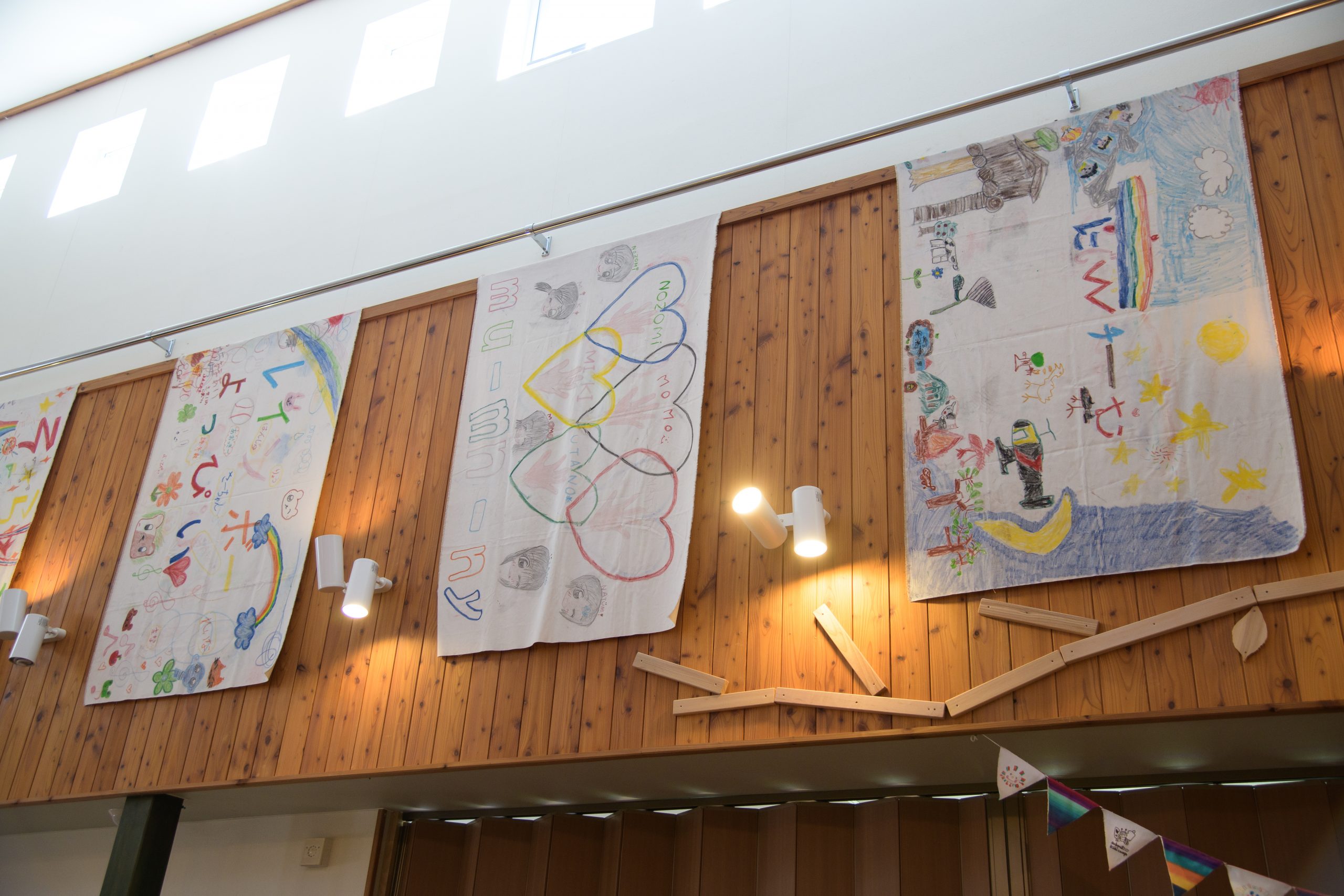 In the history of “Solaputi,” the number of “former campers” who have participated in past camps and reached adulthood is gradually increasing.
In the history of “Solaputi,” the number of “former campers” who have participated in past camps and reached adulthood is gradually increasing.Last year, there was a pleasant surprise when a 2005 camper who became a licensed clinical psychologist returned to the facility as a member of the “Solaputi” operating staff. The circle of people that was created around Solaputi has protected Solaputi and is shining a light on the lives of campers and “former campers” who are walking their own paths.
Interview: I Want Everyone to Share Time Together and Feel that “They Are Not the only One”
After touring the campground, we interviewed Dr. Ryota Hosoya, Chairperson, about the history and initiatives of the Solaputi Kids’ Camp.
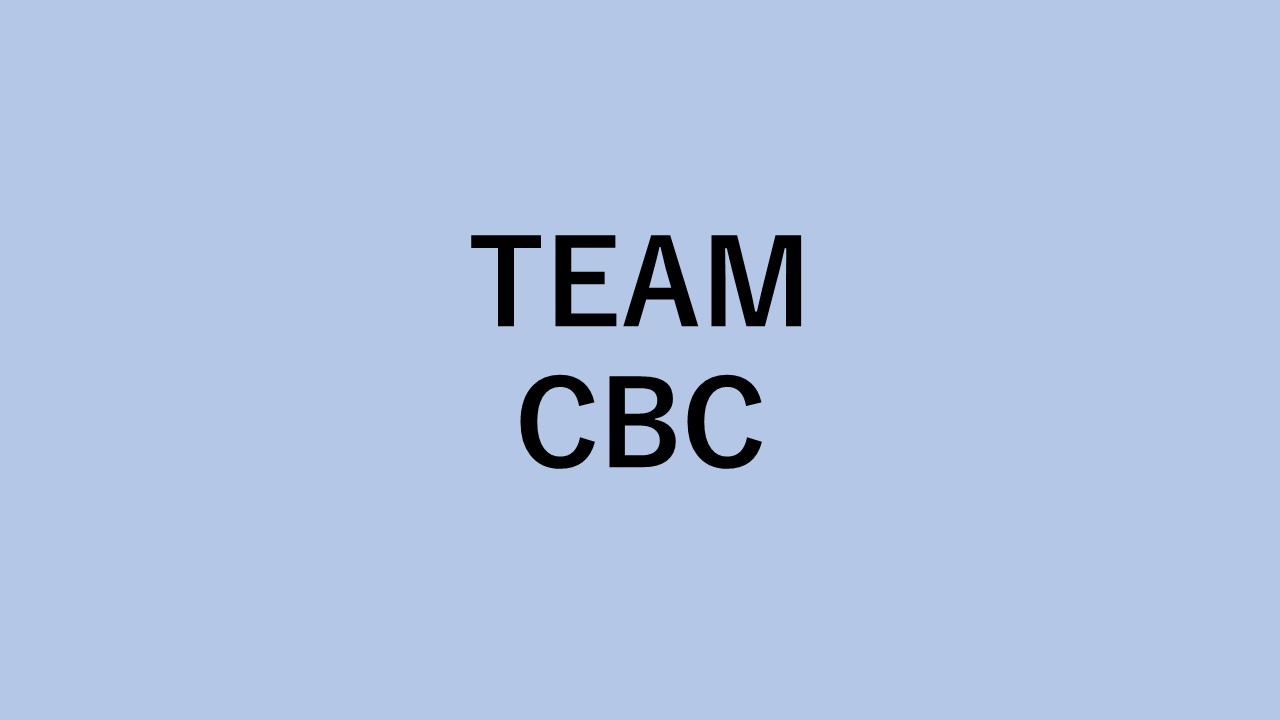
-
We understand that you have been working on the project to create a camp for children fighting illnesses since before the “Solaputi Kids’ Camp” was established. How did you come to be involved in this activity?
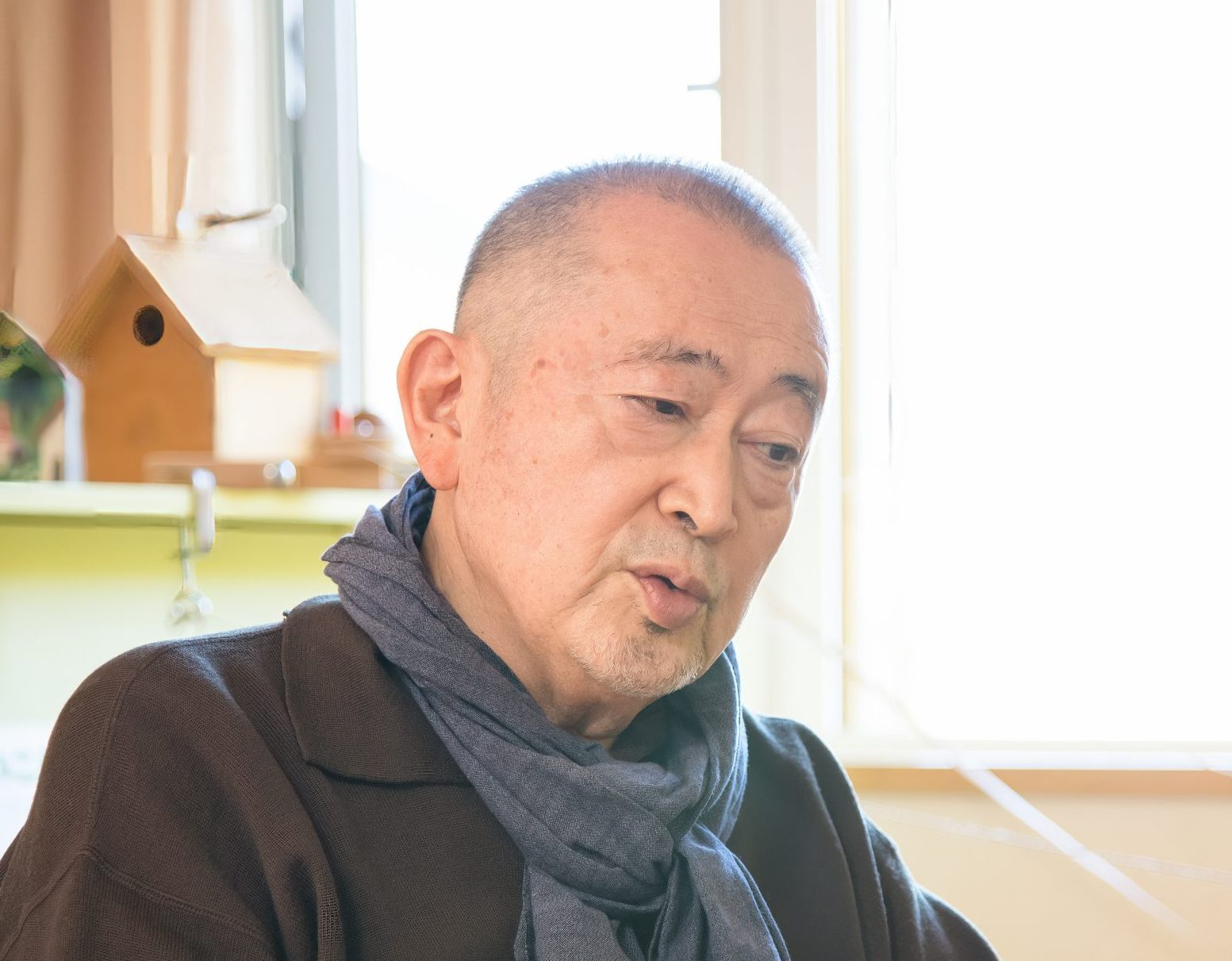
- Dr. Hosoya
-
“Building camp facilities for sick children” is a worldwide initiative, which started in the U.S. The original model was the “Hole in the Wall Gang Camp,” which was founded by actor Paul Newman*, who invested his personal fortune gained from his food manufacturing business. Sick children are limited in what they can do in their daily lives, and it’s difficult for them to play outside to their heart’s content. The “Hole in the Wall Gang Camp” was an initiative to create an environment where these children can play as they please, and it was locally a huge success. I happened to visit the camp when I was studying in the U.S., where I saw sick children playing in a lively way, and I thought this was a wonderful attempt. I therefore cooperated with doctors close to me who were also impressed by the camp and launched a camp project in Japan. This is the “Smart Moonstone Camp,” which I was working on before “Solaputi.

-
What role can a camp for sick children like “Solaputi” play in the lives of sick children?

- Dr. Hosoya
-
Sick children are forced to live differently from others, and it’s difficult for them to share their problems with their friends. In other words, they are a minority. There are probably many times when they feel inferior because of their illnesses, and feel distressed as they are unable to talk to friends on an equal footing. I thought it was a shame and a waste that, as minorities, they are unable to share their problems with others and that they could only worry individually and separately. If we could get these children to gather at the camp and share their problems with their peers who are in the same situation, they might understand that they are not the only minority that’s having a hard time. There are so many difficulties in fighting illnesses. There are children who feel sick after taking strong medicines or constantly wonder how long they will live. Even in such a situation, I think it’s very important to realize that you’re not the only one who’s having a hard time, and that there are others who are living positively under similar circumstances.

-
So, this is a great form of mental support for children who are fighting illnesses.

- Dr. Hosoya
-
Unfortunately, sharing their problems will not make their struggle any easier. They still need to struggle alone. But I think it’s empowering to know that “you’re not the only one.” By coming to camp on a regular basis, participants can make friends that they can meet when they come to camp. When such connections are made, there are times when, unfortunately, they cannot meet a friend who came last year because he or she passed away. In such cases, we sometimes make time for that friend, saying, “Let's offer a silent prayer.” By being deeply involved with friends, they will have more moments to strongly feel “alive.” I believe this is possible only at camp, where friends spend close time together.
Expanding the “Circle of Supporting Children and Families” from Solaputi

-
Listening to what you have told us, I thought that not only the children but also the families who care for them must be feeling different difficulties.

- Dr. Hosoya
-
That’s right. The parents of these children spend a significant part of the day caring for their children and they have very little time to spend on relaxing for themselves. We once had families with bedridden children come to our family camp. Since they cannot go out on a daily basis, they had never gone out together as a family or, even if they did go out, they had never used public transport. The mother of one family said, “Usually 1+1 is 2, but our family has always been zero.” It’s not easy to ask for help from others, and this is how lonely these families are feeling.

-
I guess the families are also a different kind of “minority” than children.

- Dr. Hosoya
-
When inviting such families to camp, we need the cooperation of not just the facility staff but many other people. When a family comes from Tokyo to Hokkaido, they need to travel by plane. When special arrangements are needed for a particular family, the staff of “Solaputi” contact the airline company and make arrangements to fly the family to Hokkaido. For example, if a child is physically disabled and needs to go to the toilet in bed, we “let them know in advance where the large toilets are located at the airport.” Not just that, but perhaps we also make arrangements to “park the plane near the boarding gate where there’s a large toilet” or “make sure there’s enough space on the plane for the child to get on the plane while lying down.”

-
So, all the people involved work together to provide a support system for the family.

- Dr. Hosoya
-
It may be difficult for an individual to ask for such cooperation. However, if there’s a family in need and a corporation such as ours is supporting them, I think it will be easier for the airlines to extend a helping hand. If there are more people supporting the family in this way, the next person who is asked for help will also feel that they need to help. In fact, the mother who told us that she had had “zero support for a long time” was so moved by the cooperation of so many people that she wrote a thank-you letter to the airline company. I believe that being able to think “I’m not alone” in this way will support her for the rest of her life.
Experience at Camp Will Be an Invaluable Life Experience

-
I toured the entire facility today and was very impressed with the scale of the natural environment in Hokkaido. I’m sure the children will have special memories from the time they spend here.

- Dr. Hosoya
-
That's right. You can see the difference in the children's eyes when they arrive and when they leave after spending time at the camp for a few days. We don’t have any televisions or computers for the children to use at Solaputi. This is partly because we want children to enjoy themselves in a place where there’s no noise. However, when children are actually absorbed in playing at the camp, they forget to “connect with others outside the camp.” They spend the days listening carefully to the sounds of birds, the wind and the voices of the people they are living with, which allows them to spend a different kind of time than in the city. Though they have to start their painful struggle again after the camp is over and they go back to their respective homes, I believe that what they experienced here will be invaluable to their lives.

-
What are the children like during camp?

- Dr. Hosoya
-
Everyone is having a great time with sparkling eyes. I was particularly impressed by the story of a camp held at Solaputi for children with stomas (artificial anus or bladder). A stoma is an excretory opening newly created in the abdomen for a person whose digestive or urinary tract has been surgically removed. In most cases, a special bag is attached to the stomach to store the excrement that comes out of it. Children are not able to experience “taking a bath with friends” because of this. But if everyone in the room has a stoma, you can strip naked unreservedly. The children were taking a bath with the bags floating in the bathtub, looking so comfortable. Isn't it wonderful just to imagine that?

-
That’s wonderful. I can imagine everyone taking a bath while laughing heartily.

- Dr. Hosoya
-
The pediatrician who actually saw it was amazed and said, “This is spectacular!” The experience of taking a bath together on a school trip or in a public bathhouse is unique to Japan. However, I hear that school trips and school camps have been canceled recently due to the COVID-19 pandemic, and more and more children are not able to have such experiences. We don’t know when the pandemic will subside, but Solaputi would like to increase the number of opportunities where children can have such experiences.

-
Our final question is, what are your goals for the future of the Solaputi Kids’ Camp and what is the outlook for your activities?

- Dr. Hosoya
-
As long as there are sick children, we must continue to carry out activities for them, like the camps. We would like to continue the activities of the Solaputi Kids’ Camp as well, but it has been almost 20 years since we started, and I, as chairperson, and Mr. Sasaki, the Chief Executive Officer, are gradually getting older. Thankfully, however, as we have been continuing our activities for a long time, the number of people who share our goals and cooperate with us is gradually increasing. Our activities have been supported by many people for the past 20 years. We hope to expand our connections with those who support us while continuing our camp activities.
Experience at Solaputi Kids’ Camp Illuminates Children and Their Future
What impressed me during the visit was the “future” of children who came to Solaputi as campers.
According to Dr. Hosoya, children who are fighting illnesses often develop dreams of working for the benefit of others. Ten years later, they fulfill that dream and become hospital class teachers or nurses, and report back to Solaputi staff.
The Solaputi Kids’ Camp gently illuminates the children, their struggles against illness and their future. The lives of children who had a special experience at the camp will be bright and full of hope.
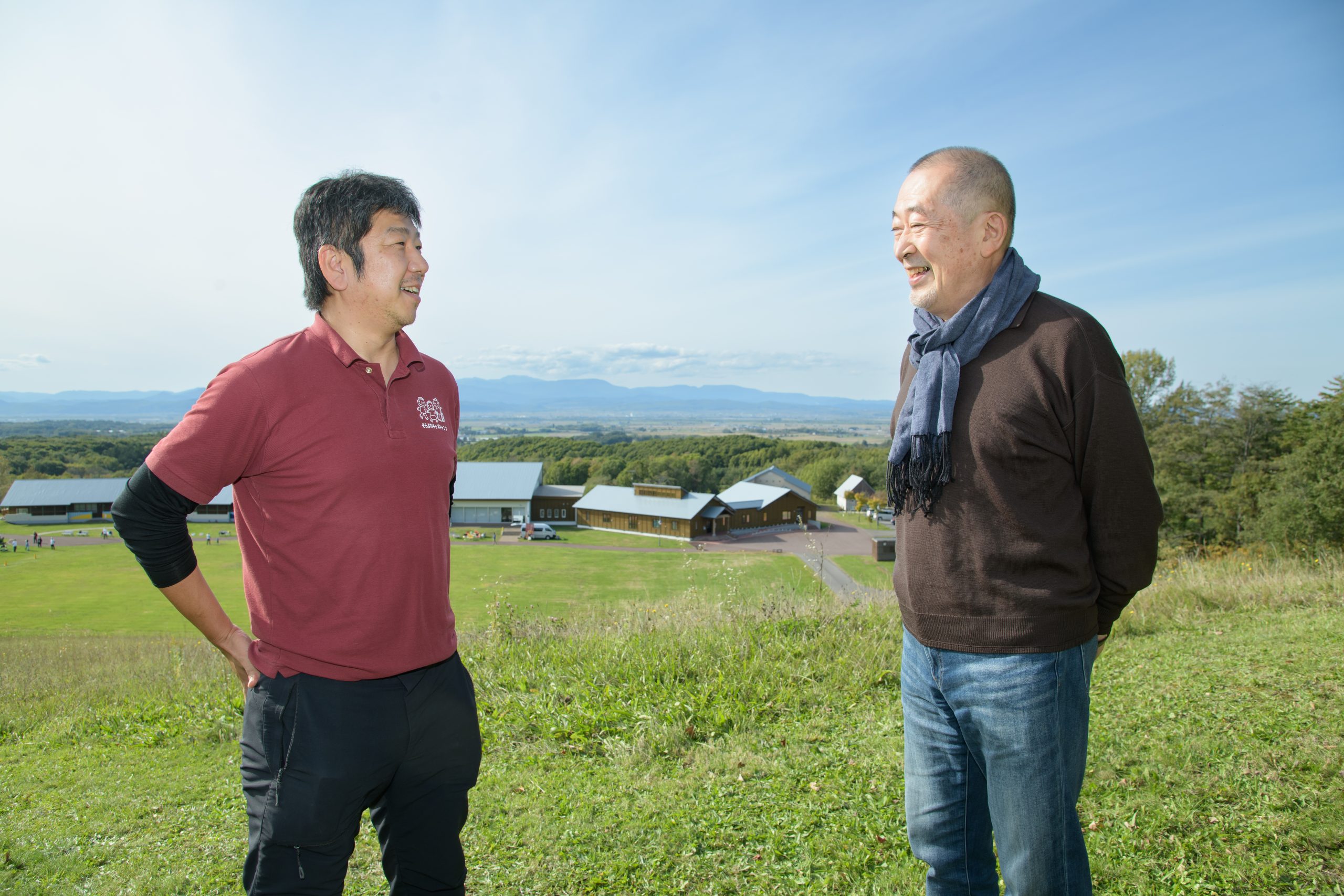
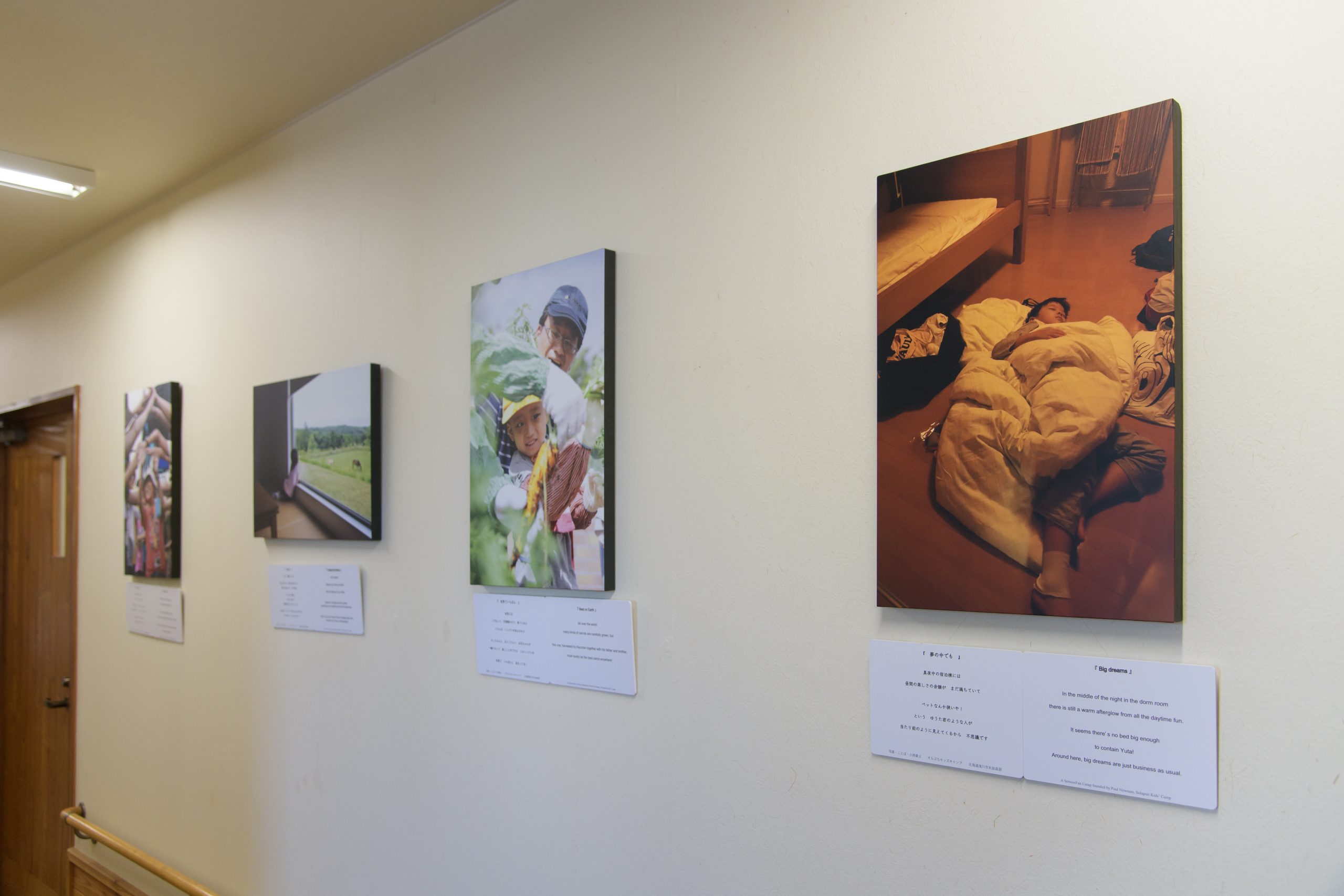
Author/Editor
Ryota Hosoya: Born in Yamagata Prefecture in 1948. Graduated from Tohoku University School of Medicine and currently works at the Pediatric Department, St. Luke's Hospital. Chairperson of Solaputi Kids’ Camp Foundation. Specializes in pediatric cancer and pediatric terminal care. He is the author of many books including “What does It Mean for a Doctor to Cry” (Kadokawa) and “’Words of Life’ I Want to Convey Now” (Kosei Publishing Co., Inc.). He is also a haiku poet, whose pen name is Ryoryo Hosoya.
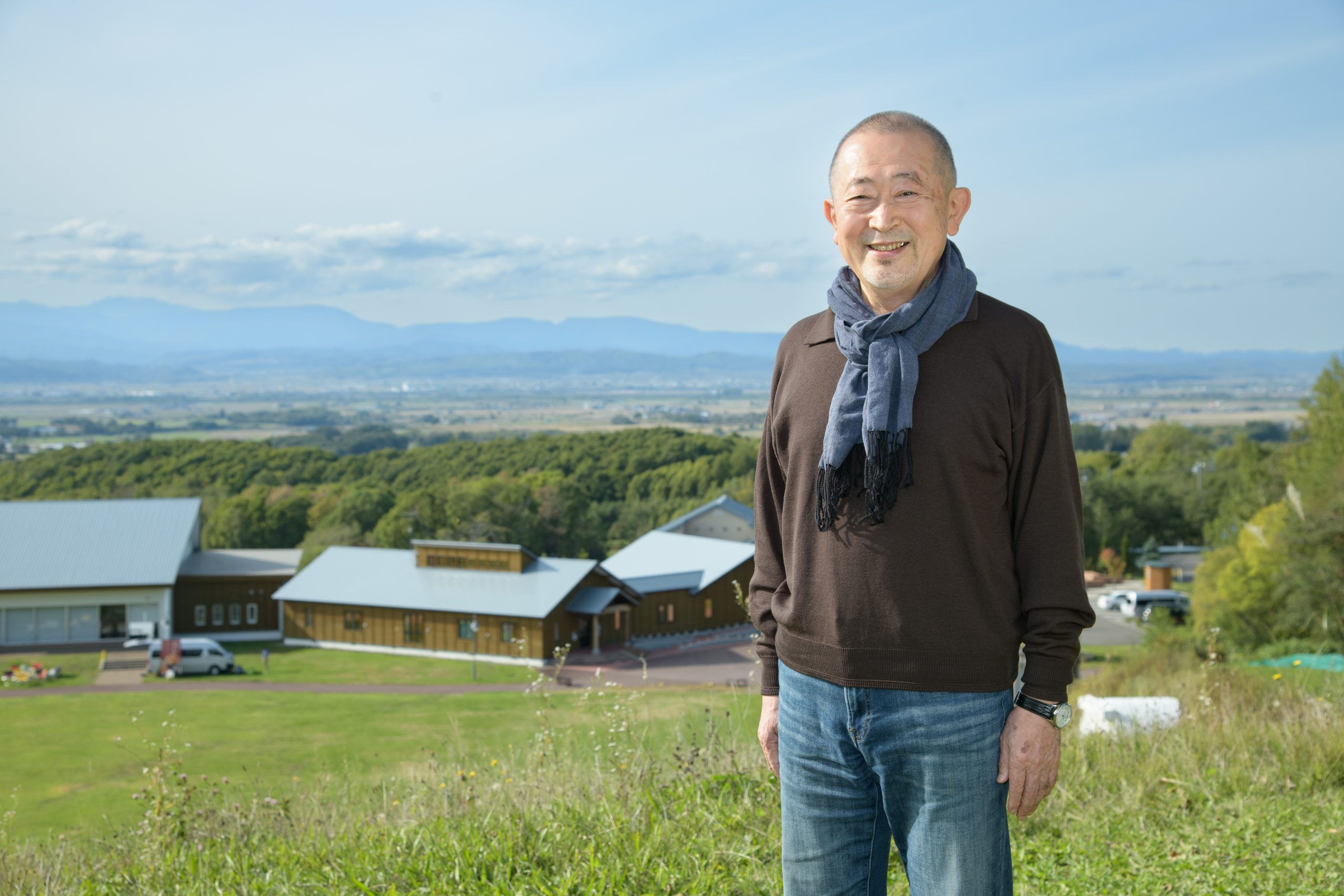
Solaputi Kids’ Camp is also featured on Hokkaido TV
HTB (Hokkaido Television Broadcasting) official YouTube
Seizing a Dream by Overcoming an Intractable Disease: Takikawa City, Hokkaido
The “Solaputi Kids’ Camp,” camp for children fighting illnesses
Text by Shun Ito / Edited by No-oto







